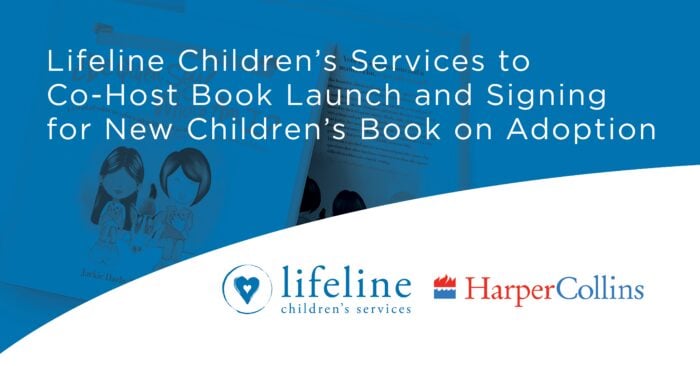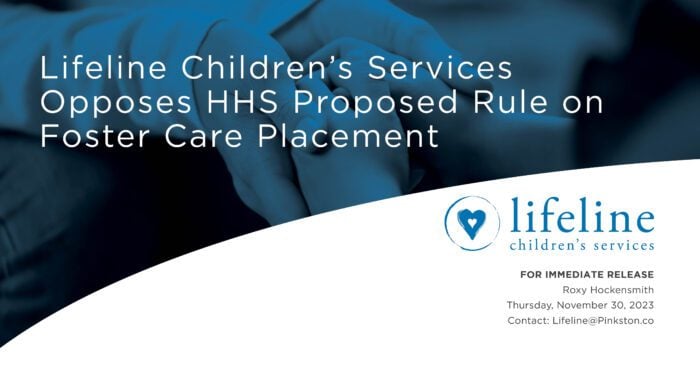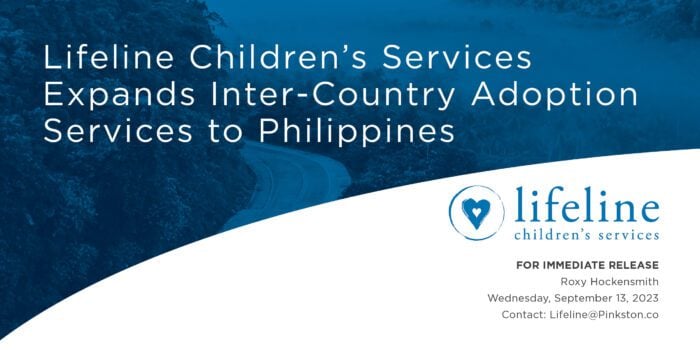* Lifeline is not certified to teach skills in TBRI Level 4: Protective Engagement.
* Protective engagement refers to restrictive techniques such as restraining used to deescalate situations and keep children physically safe.
* We do however want to give you tips on how to respond when your child is in “crisis mode”:
o First ask yourself these two assessment questions:
* Is this child about to hurt himself?
* Is this child about to hurt someone else?
o Do not yell, stay calm, and do not escalate with the child-
* If a child escalates, you need to stay calm so that the child has the opportunity to calm down too.
* If you escalate with him, he will continue to escalate further!
o Do not pressure the child
o Give the child a little space when necessary while still remaining close by.
o Do not try to reason/teach to the child in that moment (wait until the child calms down to teach) –
* Remember, a child cannot learn when in fight, flight, or freeze mode
o Use few words – like “you are safe”
o Focus on helping the child calm down and feel safe
* If your child is physically violent or destructive we encourage you have a plan for such moments including:
o Having emergency numbers near the phone where everyone can find them (911, your local crisis line, your state’s Child Protective Agency, etc.)
o A response plan for your other children to follow (such as going to a neighbor’s house or the oldest child taking the younger ones into a different room)
o And a discussed plan for each parent to follow in order to keep yourselves calm in such moments.
TBRI recommended training protocols:
o Crisis Prevention Intervention (CPI)
o Satori Alternatives to Managing Aggression (SAMA)
Reference: Purvis, K. B., Cross, D. R. (2011, September). TBRI® Professional Training Program
presented by the TCU Institute of Child Development. Training conducted at Texas Christian University, Fort Worth, Texas.




